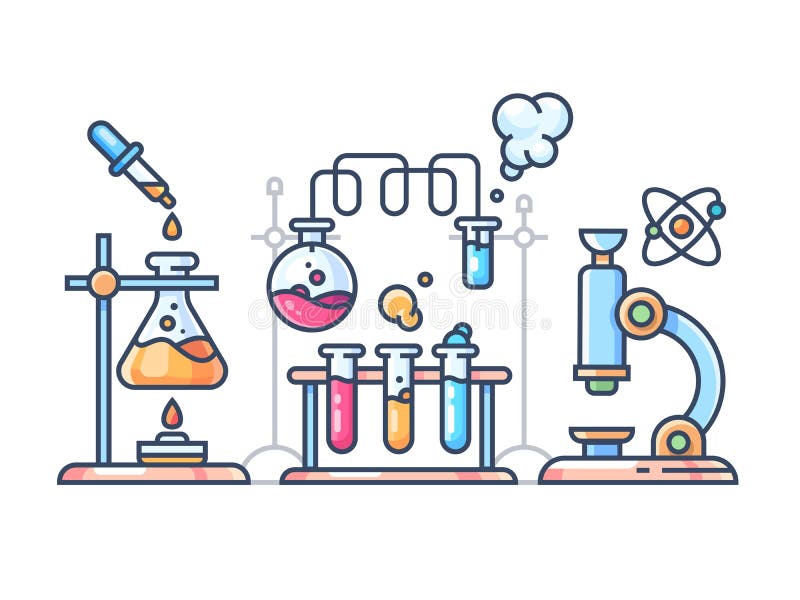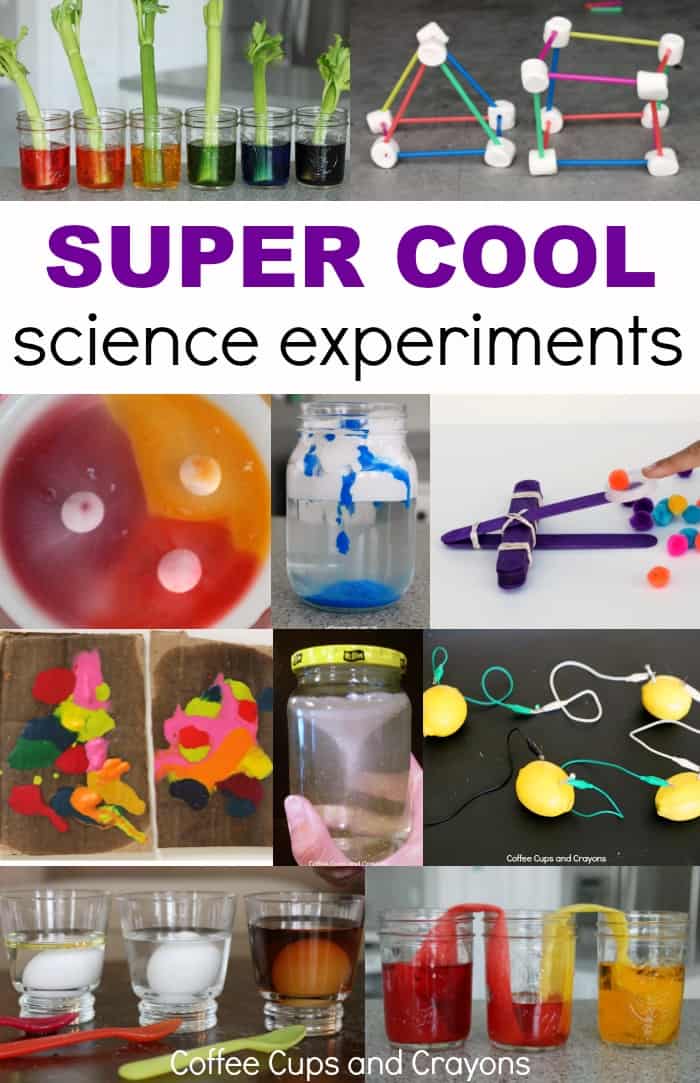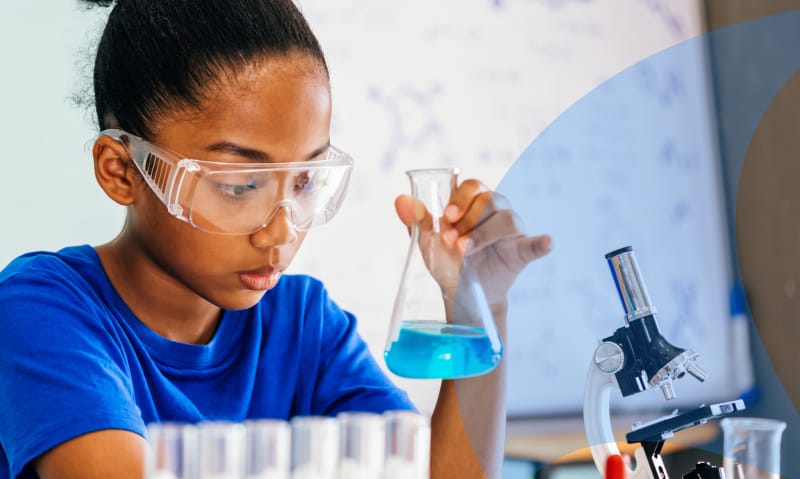Science Experiment Steps For Kids

Kids often start science experiments with observations that lead to a question. For example, my son observed that ice melts faster in some liquids than others. His question was what causes this.
During an experiment, it is important to follow the experimental procedure exactly and take precise measurements. Numerical measurements are best, but qualitative data may also be useful.
Hypothesis
Once students have explored a science topic through observations and background research, they need to develop a hypothesis. A hypothesis is a general statement about the scientific phenomenon being investigated and the prediction that will be made.
The next step is to design an experiment to test the hypothesis. Scientists collect evidence, or data, by observing the natural world, performing an experiment in a lab, or using a model. The results of the experiment will support or oppose the hypothesis and prediction. If the experiment’s results contradict the hypothesis, scientists should carefully examine the experimental process to determine what went wrong. The results may then lead to a new hypothesis.
Plan
You need to decide on a question that you want to answer and design an experiment that will test it. This step is also called “observation” or “research.” It helps if you already have some knowledge on the topic. For example, if you like gardening and have noticed that some tomatoes are bigger than others, you might decide to do an experiment about why this happens.
Give kids a first-hand look at capillarity with this fun kids’ science experiment. It’s as easy as filling a tray with water and placing different items inside it, including an ink marker. Watch the ink character float over the surface of the water and engage students’ curiosity about what’s happening.
Materials
Find all the materials you need for easy science experiments with one click. Each experiment includes the procedure and a materials list.
Before conducting the experiment, students should do some background research on the subject they’re exploring. This can include learning about other experiments that have been done on the topic, reading up on tools they might use (like calculators and measuring tapes), or looking up definitions of words they may not know.
During the experiment, scientists should take careful notes to record their observations. This will be important later when they analyze and draw conclusions. Students can also create a data table to help them organize their information.
Procedure
Once a hypothesis is formulated, it needs to be tested. This is done by performing an experiment that tests whether the results support or reject the hypothesis.
During the experiment, be sure to record all observations in your laboratory notebook. It is important to be consistent and accurate when recording data, which makes it easier to analyze the meaning of the results later.
Experiments are a key component of the scientific method, which is an organized way to help scientists (and anyone!) answer a question or begin to solve a problem. The six steps of the scientific method include asking a question, doing background research to learn what is already known, forming a hypothesis, and conducting experiments to test that hypothesis.
Trials
Observations lead to questions, which lead to hypotheses. Hypotheses are educated guesses or predictions about why something happens or what will happen. Scientific experiments are designed to test a hypothesis.
Experiments should be repeated to verify the results and ensure that they are consistent. A good experiment is one that can be replicated by someone else with the same results, but it’s best if the experiment can be done as a controlled trial with at least two groups.
For example, if you are testing if fertilizer makes plants grow taller, it is important to run trials without the fertilizer so that any differences can be attributed to the fertilizer and not some other factor.
Results
After completing the experiment, you should write down your results and how they relate to your original hypothesis. This part of your report is important because it shows the audience that you analyzed and understood your own results.
Don’t worry if your results didn’t match up with your hypothesis; it is not uncommon for professional scientists to discover that their predictions were wrong. However, if your results did match up with your hypothesis, this means that your theory is accurate! This is known as confirmation.
…





